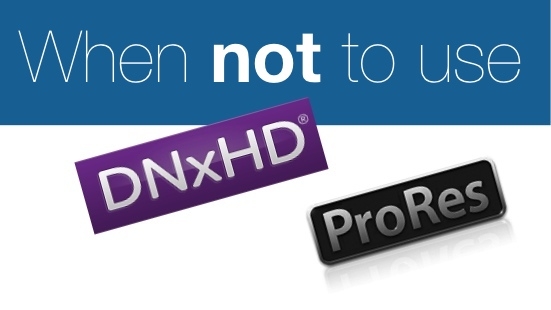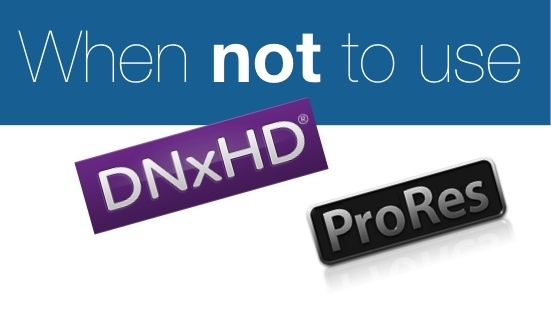
 When you should not us ProRes and DNxHD
When you should not us ProRes and DNxHD
Fifteen years ago, audio over the Internet was broadcast - and stored - as RealAudio. For those of us listening in over dial-up or downloading one-minute clips, it was an unexceptional entry into the world of new media. Kieron Seth wonders what will happen to our soon-to-be outdated media files.
Archives of original RealAudio 1 files are held somewhere and unless they are transcoded into another format soon, they may be found to be unreadable by any current player. Beta SP tapes (probably millions of them) litter archive vaults. There are enough VTRs still in circulation that the content is safe enough for at least another decade. The same is not true of D3 tapes, holding thousands of hours of 1980s television, which face the prospect of becoming a mere plastic curiosity unless transferred to a file format soon.
Is anything safe?
But surely content held in professional intermediate formats, such as Avid DNxHD or Apple ProRes, is safe from becoming clothed in a forgotten wrapper? Perhaps, but maybe there's a different fate awaiting users of proprietary formats.
Just about every computer, mobile phone and connected device sold at the moment plays H.264 content. In the broadcast market, we may be unaware of the controversy that is raging in the online world. An Internet search of “H.264 Chrome” will quickly headline the goings-on at Google over the last two years with its threat to remove native H.264 support from its HTML5 browser.
Steve Jobs
The issue, clouded by the Steve Jobs-fostered debate over iOS Flash support, comes down to patent holdings, royalty payments and product licensing. Is H.264's future in the balance? Probably not – it's just too big. But if there are question marks over a format that is global, dominant and growing, shouldn't the broadcast market be concerned about storing its only truly valuable asset in proprietary formats owned by profit-motivated corporations, that are at the mercy of new board strategies, take-overs or bankruptcy?
Away from discussions about the damaging effect of transcoding content, especially over multple generations, data is only truly secure for long-term use if it is stored uncompressed.
Unrealistic? Move over Moore's Law and welcome Kryder's Law.
In 2009 Mark Kryder, after analysis of trends in storage capacities, theorized that by 2020, a 2.5” disk drive will be able to hold 14TB of data and cost about $40. If, as we optimists assume, technology progresses way beyond the 2.5” disk, 14TB may seem trivial. Roll on uncompressed media.
We are still working on RedShark's comments system. Meanwhile, if you'd like to respond to this article, please email me, the editor, at david.shapton@redsharknews.com. We'll publish the best comments.
Tags: Technology


Comments